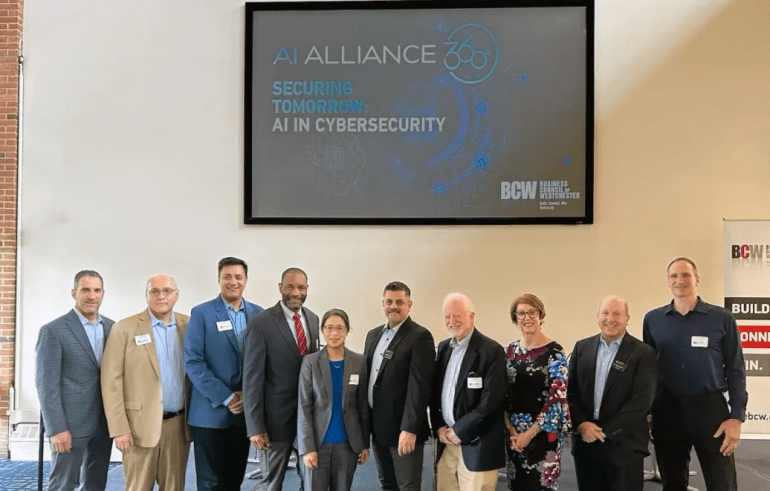- Pace University’s Seidenberg School, in collaboration with BCW, hosts conference on AI in cybersecurity.
- Panel includes industry leaders and Pace faculty discussing AI’s impact on cybersecurity.
- Emphasis on AI’s dual role in defense and vulnerability.
- Pace’s commitment to experiential learning highlighted, with plans for new AI-focused graduate programs.
- Establishment of intelligence lab and Cyber Range underscores Pace’s position as a cybersecurity education hub.
Main AI News:
Pace University’s Seidenberg School of Computer Science and Information Systems, in collaboration with The Business Council of Westchester (BCW), recently organized a conference spotlighting the groundbreaking advancements in artificial intelligence (AI) and its pivotal role in bolstering cybersecurity measures. Held as part of the BCW’s AI Alliance 360° program, the conference delved into the intricacies of AI and its impact on cybersecurity across various sectors, focusing on the Westchester County context.
The event brought together a distinguished panel comprising business leaders, cybersecurity experts, and faculty from Pace University’s Seidenberg School. Notable participants included Vipul Nagrath, senior vice president of product development for ADP; Robert Cioffi, CTO and co-founder of Progressive Computing; Antony K. Haynes, partner at Dorf Nelson & Zauderer LLP; Jonathan Hill, dean of the Seidenberg School; Joe Acampora, clinical assistant professor of information technology and director of Pace Cyber Range; Li-Chiou Chen, professor of information technology and executive director of Pace Cyber Center; and David Sachs, professor of information technology.
Marvin Krislov, president of Pace University, expressed gratitude for hosting such a crucial dialogue and emphasized the institution’s commitment to leveraging AI for the benefit of students and the broader community. He highlighted Pace’s cutting-edge research, dedicated faculty, and state-of-the-art facilities like the Cyber Range, positioning the university as a frontrunner in the field.
Dean Jonathan Hill underscored the importance of the ongoing efforts in AI and cybersecurity while acknowledging the persistent challenges posed by malicious actors. Marsha Gordon, president and CEO of BCW, echoed this sentiment, stressing the significance of AI in fortifying cybersecurity for businesses.
Professor Li-Chiou Chen emphasized the dual nature of AI, noting its potential both as a defensive tool and as a potential vulnerability if not properly managed. Joe Acampora emphasized the need for continuous vigilance and adaptation in the face of evolving cyber threats.
Pace University’s commitment to experiential learning was highlighted, particularly in the areas of IT, AI, and cybersecurity. The Seidenberg School’s designation as a Center of Academic Excellence in Cyber Defense Education and its partnership with governmental agencies underscored its dedication to developing talent and resources for national security.
The recent establishment of an intelligence lab and the Cyber Range further solidify Pace’s position as a hub for cybersecurity education and training. Looking ahead, Pace plans to launch two new graduate programs focused on AI, providing students with theoretical knowledge and practical skills to navigate the complex landscape of AI applications.
Conclusion:
The joint conference hosted by Pace University and BCW marks a significant step forward in understanding the intersection of AI and cybersecurity. The event highlights the crucial role of AI in both defending against cyber threats and potentially exacerbating vulnerabilities if not managed effectively. Pace’s initiatives, including the establishment of an intelligence lab and the Cyber Range, underscore its commitment to preparing students and professionals for the evolving cybersecurity landscape. This collaboration signals a growing recognition of the importance of AI-driven cybersecurity solutions in the market, emphasizing the need for continued innovation and collaboration among industry, academia, and government entities.

